Integration with Robotics and Drones
The integration of lidar technology with robotics and drones is emerging as a key driver for the lidar market in Japan. As industries increasingly adopt drones for surveying, mapping, and inspection tasks, the demand for high-precision lidar systems is on the rise. Drones equipped with lidar sensors can capture detailed 3D data of landscapes, infrastructure, and construction sites, enhancing operational efficiency across various sectors. The Japanese drone market is projected to reach $1 billion by 2027, with a significant portion attributed to lidar applications. This growth indicates a strong potential for collaboration between lidar manufacturers and drone developers, fostering innovation and expanding market reach. The synergy between lidar technology and drone capabilities is likely to propel the lidar market forward, creating new opportunities for growth and application.
Advancements in Industrial Automation
The trend towards industrial automation in Japan is a significant driver for the lidar market. As industries seek to enhance operational efficiency and reduce costs, the adoption of automation technologies becomes increasingly prevalent. Lidar systems play a vital role in automating processes such as material handling, quality control, and safety monitoring. The Japanese manufacturing sector, renowned for its technological prowess, is projected to invest around $1.2 billion in automation technologies by 2025, with a substantial portion allocated to lidar solutions. This investment underscores the importance of lidar in facilitating real-time data collection and analysis, which is essential for optimizing production lines. Consequently, the advancements in industrial automation are likely to stimulate growth in the lidar market, as companies recognize the value of integrating lidar technology into their operations.
Rising Demand for Autonomous Vehicles
The increasing demand for autonomous vehicles in Japan is a pivotal driver for the lidar market. As automotive manufacturers strive to enhance vehicle safety and navigation systems, lidar technology emerges as a crucial component. The Japanese automotive sector, known for its innovation, is projected to invest approximately $2 billion in lidar systems by 2026. This investment reflects a growing recognition of lidar's ability to provide precise distance measurements and environmental mapping, essential for the development of self-driving cars. Furthermore, the integration of lidar in advanced driver-assistance systems (ADAS) is expected to boost market growth, as these systems require high-resolution data for effective operation. Consequently, the rising demand for autonomous vehicles is likely to propel the lidar market in Japan, fostering advancements in technology and increasing competition among manufacturers.
Urbanization and Smart City Initiatives
Japan's rapid urbanization and the push towards smart city initiatives significantly influence the lidar market. As cities expand, the need for efficient urban planning and management becomes paramount. Lidar technology offers precise topographical data, enabling city planners to design infrastructure that meets the demands of growing populations. The Japanese government has allocated approximately $1.5 billion for smart city projects, which include the integration of lidar systems for traffic management, environmental monitoring, and public safety. This investment indicates a commitment to leveraging advanced technologies to enhance urban living. Moreover, the application of lidar in mapping and monitoring urban environments is expected to increase, thereby driving demand within the lidar market. The synergy between urbanization and smart city initiatives presents a substantial opportunity for growth in this sector.
Increased Focus on Environmental Monitoring
The heightened awareness of environmental issues in Japan is driving the lidar market, particularly in the realm of environmental monitoring. Lidar technology provides accurate data for assessing air quality, vegetation health, and land use changes, making it an invaluable tool for environmental scientists and policymakers. The Japanese government has committed approximately $800 million to environmental monitoring initiatives, which include the deployment of lidar systems for comprehensive data collection. This funding reflects a growing recognition of the need for precise environmental assessments to inform policy decisions and promote sustainability. As the demand for effective environmental monitoring solutions rises, the lidar market is expected to expand, offering innovative applications that address ecological challenges and support conservation efforts.

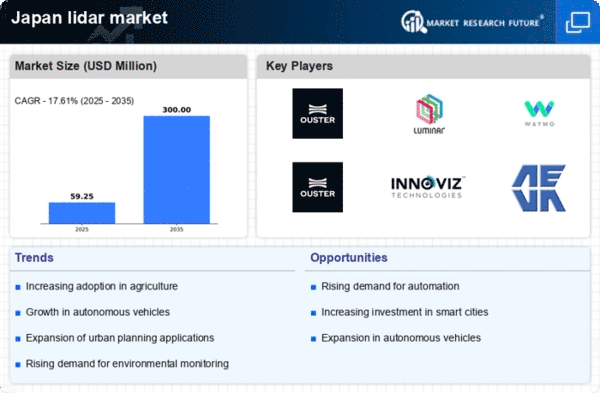
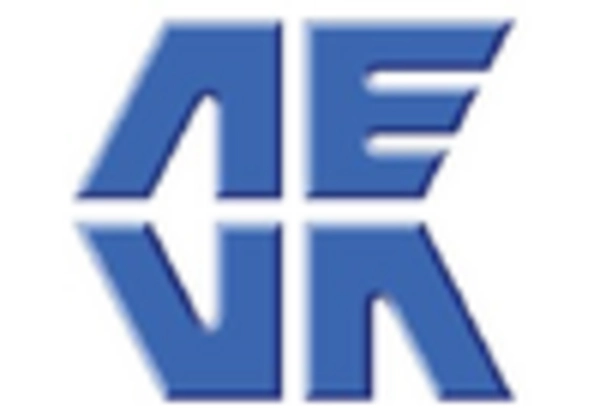
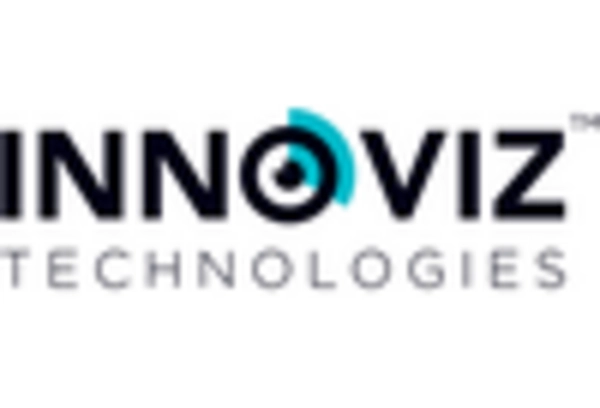
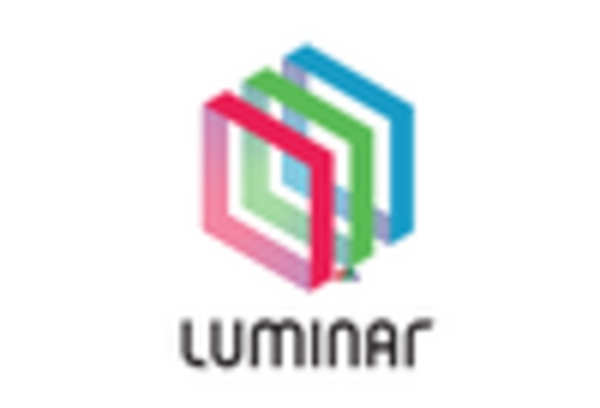

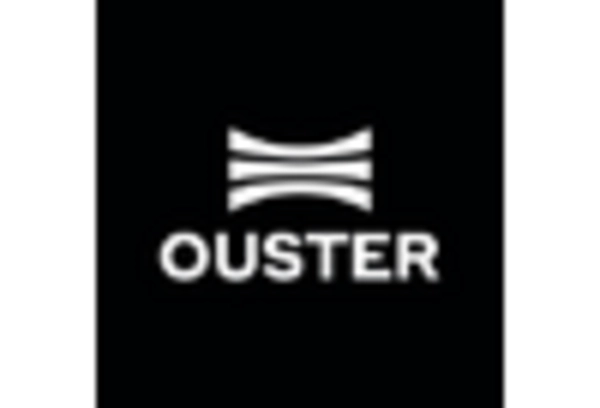









Leave a Comment